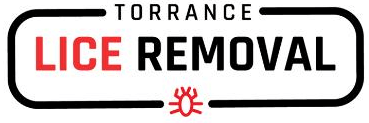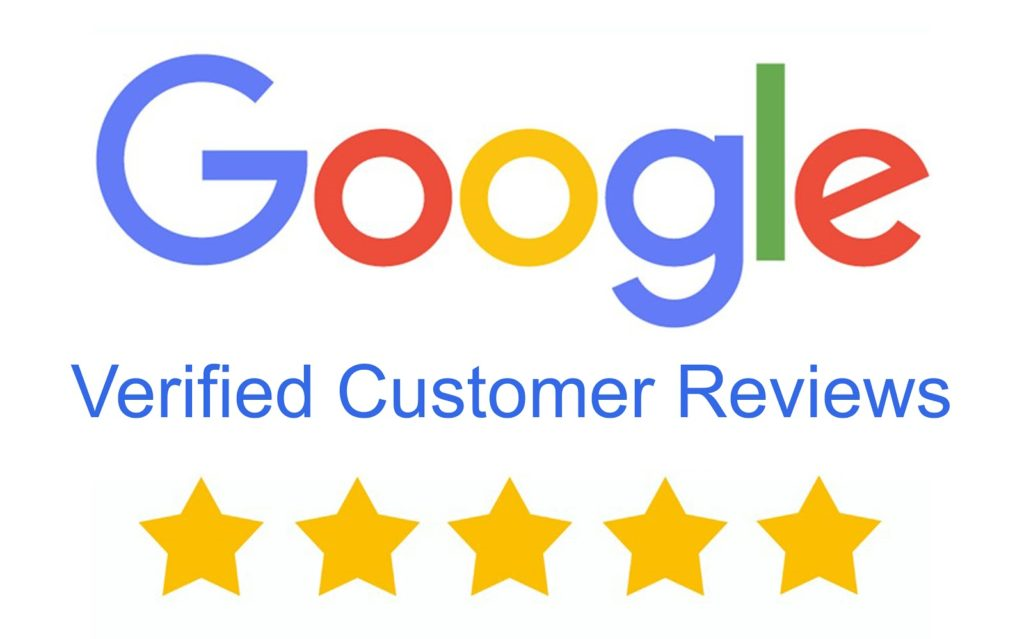What You Need to Know About Over The Counter Lice Shampoos
When used for head lice, pyrethroids are usually combined or synergized with piperonyl butoxide. The two chemicals act synergistically to kill lice by acting on nerve cell membranes and interrupting signals travelling between the brain and the muscles. The lice/parasites become paralyzed and die because they are unable to breathe or eat.
According to the Extension Toxicology Network (A Project of Cooperative Extension Offices of Cornell University, Michigan State University, Oregon State University, and the University of California at Davis), “Synthetic pyrethroid compounds vary in their toxicity as do the natural pyrethrins. Inhaling high levels of pyrethrum may bring about asthmatic breathing, sneezing, nasal stuffiness, headache, nausea, incoordination, tremors, convulsions, facial flushing and swelling, and burning and itching sensations. The most severe poisonings have been reported in infants who are not able to efficiently break down pyrethrum.”
Recent studies have linked pyrethroids to early puberty in boys and to behavior problems in children whose mothers were exposed to pyrethroids when pregnant.
Few head lice treatment products advertise themselves as insecticides, as most parents would not knowingly shampoo a child’s head with a toxic substance. While the products are deemed safe when used as directed, health authorities recognize that many parents tend to over-apply the products in a misguided attempt to kill lice. Parents are often in a panicked state when dealing with head lice and think that more shampoo is better than less, perhaps believing that more frequent applications may help eradicate lice more quickly.
As troubling as the research on pyrethroid risks is, of more concern may be the fact that pyrethroid-based lice products no longer work. Multiple studies have found that in the United States and other countries where these products have been used for decades to treat head lice, most head lice are now immune to pyrethroids. This suggests that parents may be unknowingly exposing their children to health risks with products that may not be effective against lice. Dubbed “super lice,” the most recent study found that 98 percent of lice tested in 48 states now carry a genetic mutation that makes them impervious to pyrethroids.

